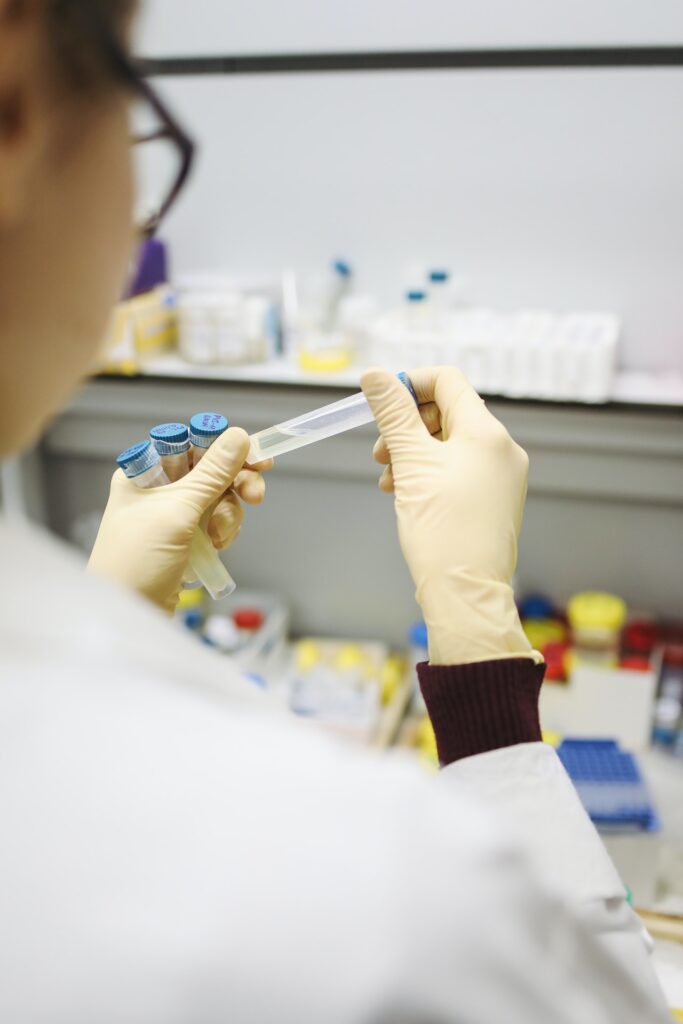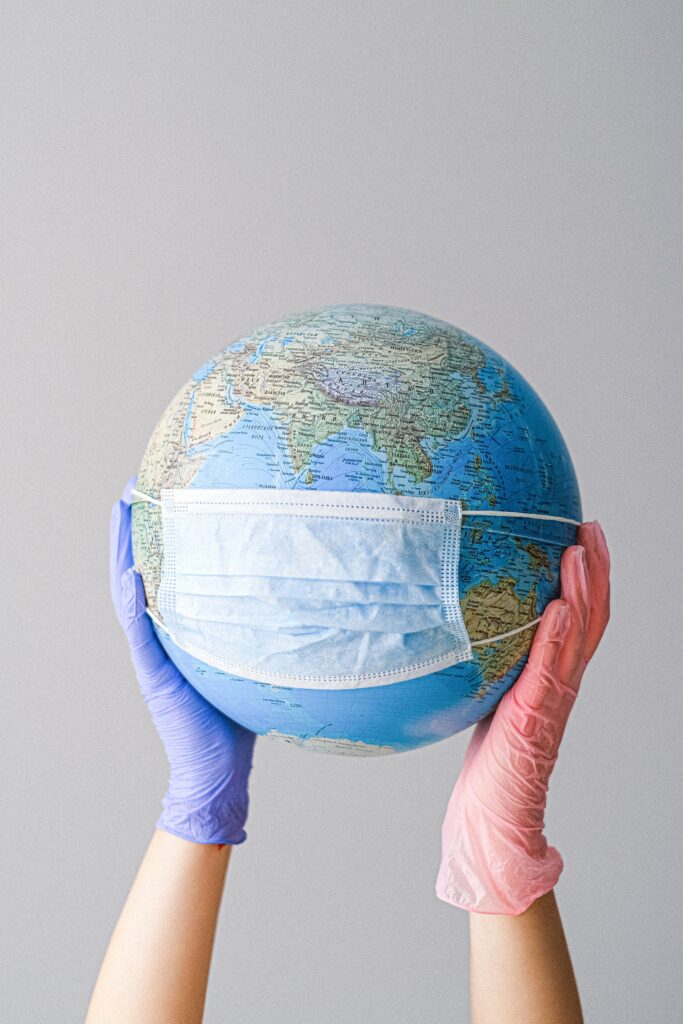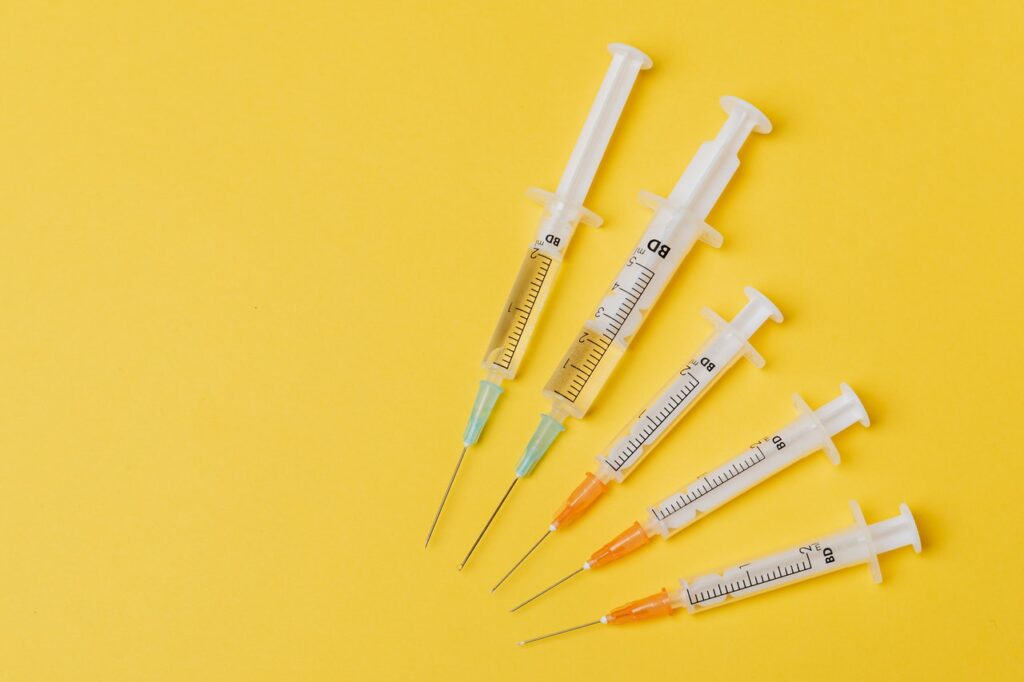Economics Of Vaccines

The COVID – 19 has forced countries around the world to fight the disease on the health front as well as on the economic front. Things look bleak for India as well. It now has 3rd highest number of cases after faring well during the early days of the pandemic. Containing the spread now seems virtually impossible, and the arrival of the vaccine appears to be the only solution to the current problem. Though a lot of questions remain unanswered, Will everything be restored after the arrival of a vaccine? Should India try to bank on strategic partners and international institutions for the vaccine instead of spending millions trying to develop a vaccine? Is it okay for the government to spend billions on developing a vaccine? Is it possible to follow other strategies instead of depending upon the arrival of the vaccine? We shall try to gain insights into these questions through this article.
Vaccine Industry
The vaccine industry is of the utmost importance in the present scenario. Organizations and countries around the world are pouring billions of dollars in search of the ‘magic bullet’ against the Coronavirus. Looking upon the stats, it can be concluded that The vaccine industry has been on the decline for the past fifty years. The number of vaccine manufacturing companies decreased from 27 in 1967 to just 5 in 2004 in the U.S. Most of these were acquired by large pharmaceutical companies. Among the four largest vaccine making companies, none have recorded revenue from vaccines that exceed 10 percent of total revenue. Let’s look upon the factors which have caused this trend.

Supply Side
One of the biggest reasons for the trend is the high research and development cost involved in producing a vaccine. The amount of quality control measures and regulations required to produce a vaccine is enormous, especially when compared to the production of drugs. Because the final test is done on healthy human beings, plenty of precautions and testings (animal testing, etc.) needs to be done, leading to delays and an increase in the fixed costs. This requires a significant amount of investment as well as experience, which leads to the grant of long duration patents. Therefore, market tilts in favour of already existing large players, thus creating a barrier for the new entrants and pushing the vaccine market towards monopoly.
The challenges do not end here, the chances of a given vaccine candidate making through all the stages are very bleak. (Historical facts considered, just 6% of vaccine candidates end up making it to market, often after a years-long and underinvested process). Until testing shows promising results, a vaccine candidate does draw ample investment. Therefore, underinvestment in vaccines’ research is often cited as a major deterrent for the growth of the vaccine industry. However, the current pandemic scale of devastation has resulted in the reversal of this trend. Countries and organizations have poured millions of dollars into research and tried to secure manufacturing rights for the potential candidates even before the completion of the clinical trials.

The economy of a vaccine is opposite to that of pharmaceuticals. How? Let’s understand.
Although the initial research and development costs of a drug are high, the opposite trend is experienced where the drug industry has been growing exponentially. The biggest reason for this is the availability of generic drugs. After the patent for a given drug expires, the restriction for other manufacturers to produce it is lifted. These manufacturers do not need to conduct the clinical trials and tests as long as the drugs are bioequivalent (have the same active ingredients and produce the same physiological activity) to the original product. These drugs are called generic drugs. Low R & D cost and stiff competition in the open market leads to greater access to all sections of society. The increased competition fuels further innovation, leading to even better outcomes. For example, the drug paracetamol patent has long expired and is now the most widely used drug for the treatment of common cold and fever. In the case of vaccines, there are no “generics” per se and the regulatory approval process for second-generation (Second generation vaccines are those that use modified or sections of the disease-causing pathogen to create immunity) or follow on products is similar to that of the first-generation (first-generation vaccines are those that use weakened or dead pathogens to develop resistance).
In contrast to generic drug manufacturers, second-generation vaccine manufacturers must establish their production processes and invest in additional clinical trials. Even the simplest of biologicals, such as small and well-characterized proteins, must be tested for specific efficacy and safety that cannot be determined by a simple bio-equivalence. Therefore the second-generation vaccines are also patented as they include improved technologies and delivery mechanisms, further bolstering the monopoly.
Demand Side
The market for vaccines is also minimal when compared to that of the drugs. Drugs are used every time a person falls ill; that is, it is used multiple times during his or her lifetime, whereas this is not the case with the vaccines. A vaccine is administered to a person, not more than a couple of times in a person’s lifetime. Therefore the demand for drugs is far more than that of the vaccine. For example, the conjugate pneumococcal vaccine for children (Prevnar), the highest-revenue-generating vaccine, has annual gross U.S. sales of about $1 billion. But markets for cholesterol-lowering agents, hair-loss products; potency drugs; and drugs for heart disease, obesity, or neurological problems are often $7 billion per drug or more.
The reduction in the private vaccine market is also one of the reasons for the decline. The government is the primary procurer of the vaccines, which are used to run various welfare schemes. As a single most significant consumer, the central government creates a price cap on vaccines and contributes to the shrinking of the vaccine’s private market. For example, in 1994, the U.S. federal government was responsible for consuming over 60% of the vaccines produced.

Another problem for the vaccine market is the uncertainty over the demand for the vaccines. Since vaccines are biological entities, the vaccines’ storage and shelf life are always a cause of concern. The need for a vaccine has skyrocketed now, but this was not the case about a year ago. Therefore, the demand for vaccines is highly fluctuating depending upon the changes in epidemiology (the demand shoots up whenever there is an outbreak of disease and remains floored when things are normal). Since the making of vaccines involves high fixed and capital costs, the fluctuating nature of demand is a major deterrent to investment in this field. In addition to these problems, the hefty pricing of vaccines due to their monopolistic nature limits this industry’s scope of expansion.
Should India invest Billions in developing Vaccine?
The development and testing of a vaccine in a short period consume billions of dollars. The country is already facing one of the worst economic crisis in decades. Also, the chances that a vaccine is developed successfully in the country are quite slim. Pfizer-BioNTech, Novavax, Moderna, and Bhara biotech’s Covaxin are some of the indigenous candidates that have reached phase-II or phase-III of clinical trials. However, one has to keep in mind that the maximum number of screening takes place in these phases. Instead of spending billions in developing a vaccine, should a developing country like ours focus more on economic recovery and rely on other strategies such as relying on strategic partners, international organizations such as WHO, and other developed countries for the vaccine? Is it possible to follow different alternative non-conventional strategies such as the achievement of herd immunity?
To gain insight into these questions, it is essential to examine the previous pandemic of the H1N1 virus (Swine flu) back in the year 2009. This originated from North America, Mexico, and at the peak, there were about 60.8 million cases present around the world. Though it is much smaller in scale than the Coronavirus, it provides essential insights on this subject. The richer countries were found to be hoarding the stocks of vaccines for their population. Despite pledging to share 10% of the manufactured vaccines with the underdeveloped countries, none stayed true to their words. This means that even if a vaccine is discovered, there won’t be enough to go around. It might take months for India to gain access to the vaccine if it decides to rely totally on foreign aid. Also, it is possible that the cost of imports in the vaccine is maybe even higher than the money required for the development of an indigenous vaccine—international institutions such as WHO has weakened as a result of the pandemic. With the U.S. pulling out of WHO and more and more countries to pursue self-centered objectives, the international organization has weakened considerably. Therefore, it will not be wise for any country to depend on international assistance.
India is presently experiencing one of the worst economic nightmares since its independence. The lockdowns imposed in the country has not only halted economic activity but has created uncertainties. People are uncertain about the condition of the economy or the country in the near future, which is resulting in a massive drop in investment, which is essential to kick-start the failing economy. It is predicted that 120 million Indians might be pushed to poverty if the conditions do not get better for the country. This accounts for nearly 10% of our population. One solution that many suggest is the achievement of herd immunity. It is said that roughly 2/3rd of the country’s people are affected by Coronavirus; the spread of the disease will come to a halt. Therefore everything must be allowed to function normally, and no lockdowns must be imposed.
On the contrary, imposing lockdowns and quarantine will extend the time for the achievement of herd immunity. This might seem to be a lucrative option as the country does not have to incur an economic loss and spend large amounts on the health sector; however, there are several flaws in this line of thinking. First, recent studies suggest that the antibodies against Coronavirus last for a maximum of 3 months. This makes the achievement of herd immunity difficult. Second, even if herd immunity is achieved, with the current mortality rate of 2%, it means nearly 1.7 million people will die before this is achieved. India cannot afford such a massive loss of human lives. This loss largely offsets the money spent on the R & D of vaccines and the losses incurred due to the lockdown.

Although the R & D cost may seem high, it can easily be offset due to economies of scale. Producing a large number of doses will distribute the fixed price. Also, the variable costs for the production of vaccines are not high and can be further brought down with government support. This will bring down the cost of production of vaccine per dose significantly.
The Serum Institute of India (Pune) is one of the largest producers of vaccines by capacity. India can function as the manufacturing hub for the world due to the low labor and capital costs in the country. Partnering with other countries to share the cost of R&D and to conduct simultaneous trials to save time is a much better option for the country to follow. India has already partnered with other countries such as Israel and Russia for the development of the vaccine. The Serum Institute of India will be heading phase – II/III trials for the Oxford – AstraZeneca vaccine by 15th august. India is also an important contributor to the global vaccine alliance (GAVI) and the COVAX facility (Alliance of countries to aid each other in developing vaccine).
India has to adopt a cautious approach in tackling this crisis on both the economic and health front. Despite a remarkable performance in the early days, the country has 3rd highest number of cases after the USA and Brazil. The vaccine is the most critical pillar of the recovery strategy that the country has to pursue. A well headed cautious approach is needed to lead the country out of this crisis.



